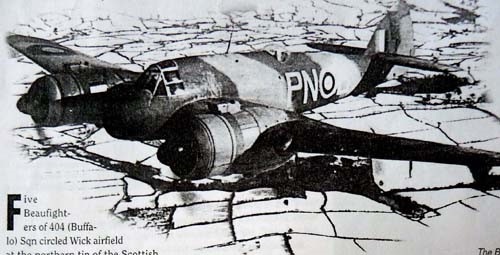
The North Highlands and World War 2 continued
Our previous blog entry on Caithness and its history with World War II focussed primarily on the area’s relationship with the Norwegian campaign and with the RAF. This time around, we’d like to explore some of the other aspects of the war which touched on Caithness.
Most famously, the region was home to Camp 165, one of many prisoner of war camps set up across the UK. This camp was mainly built to house low-risk POW’s, many of whom spent their days working on local farms. However, unbeknownst to locals at the time, Camp 165 held another, top-secret section.
Known as Compound O, this area was screened off from the main camp and was designed to hold hard-line Nazi POWs who were brought there for interrogation and re-education. This included high-profile prisoners such as Max Wünsche, who had previously acted as personal aide to Hitler himself!
Keeping with the theme of secrecy, Caithness was also home to several “Auxiliary Units”, later known post-war as the “Secret Army”. These were specially trained, highly secret units designed to fight a guerrilla war against German invaders. Composed of groups of just six men each, these units were intended to base themselves from underground hides and undertake acts of sabotage against the enemy.
Not only were they unknown to the population at large – or even to those recruited into the regular forces – these men often did not even know of the existence or location of other local Auxiliary Units!
Many of the hide locations have since been mapped out by local history enthusiasts and can be visited to this day (see below).
A final example of the region’s history with World War II – and one which shows how events halfway round the world touched on Caithness – is that of the HMS Jervis Bay. Crewed extensively by men from Caithness, in particular from the town of Wick, the Jervis Bay was an armed merchant cruiser and served as an escort ship for the North Atlantic Convoy HX-84.
In November 1940, the convoy encountered the German warship Admiral Scheer, which immediately attacked. In an act of supreme bravery, Edward Fegen, the captain of the hopelessly outgunned Jervis Bay ordered the convoy to scatter and attacked the German ship to draw its fire. Eventually sunk with the loss of 186 lives, Fegen’s actions bought the convoy time to escape, saving all but five of the 37 merchant ships it contained.
As well as in Wick, monuments to the Jervis Bay and the men who served on board can be found in London, Bermuda, and Canada.
This is just a small sampling of how the events of World War II affected Caithness, and an even shorter period in the long and storied history of the region. A list of additional resources for those who want to discover more can be found below.
Further reading
https://www.historylearningsite.co.uk/world-war-two/prisoners-of-war-in-ww2/camp-165/
http://www.auxunit.org.uk/caithness1.htm
https://en.wikipedia.org/wiki/HMS_Jervis_Bay








